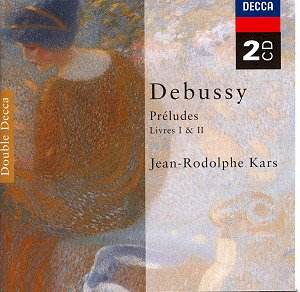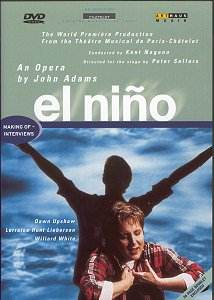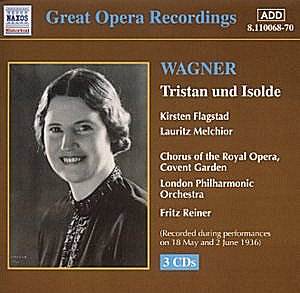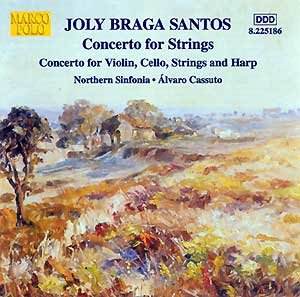 Composer: Edward Elgar, Johannes Brahms
Composer: Edward Elgar, Johannes Brahms
Works: Enigma Variations, Symphony No. 1
Performers: Czech Philharmonic Orchestra (Elgar), London Symphony Orchestra (Brahms)
Recording: House of Artists Prague (Elgar), Royal Albert Hall (Brahms)
Label: CALA CACD 0524
Leopold Stokowski’s interpretations of the orchestral repertoire remain a significant touchstone in the performance history of both Edward Elgar and Johannes Brahms. This reissue of a 1972 recording captures a pivotal moment in Stokowski’s career, showcasing his deep artistic connection to Elgar’s poignant Enigma Variations and the fiery spirit of Brahms’s First Symphony. The preservation of these performances serves not only as a historical document but also as a testament to Stokowski’s enduring influence on orchestral sound and interpretation.
The Enigma Variations, recorded with the Czech Philharmonic Orchestra, reveal Stokowski’s mastery in extracting emotional depth from the score. His understanding of Elgar’s intricate orchestration is evident in the way he shapes the Enigma theme, allowing the bass line to resonate with an almost palpable gravity. The shimmering violins in the first variation and the evocative flute timbre in “H.D.S-P.” underscore Stokowski’s commitment to detail, highlighting his ability to illuminate orchestral textures that often go unnoticed. The performance, characterized by its expressive nuances, benefits from Stokowski’s instinctual pacing, particularly in the expansive “Nimrod,” where he manages to avoid the pitfalls of excessive sentimentality that can mar this variation. The emotional arc of “Lady Mary Lygon” emerges with a finesse that recalls the artistry of Pierre Monteux, revealing Stokowski’s skill in balancing orchestral strands without veering into affectation.
Transitioning to the Brahms First Symphony, recorded at the Royal Albert Hall, Stokowski’s approach is anything but conventional. Here, he eschews the languid interpretations often associated with Brahms in favor of a vigorous, almost visceral reading that pulsates with life. The performance is marked by a rhetorical bravura, with Stokowski employing astute tempo changes and a rich layering of strings that enhances the symphonic narrative. The dark, foreboding horns in the opening movement set a portentous tone, while the climactic moments resonate with a thrilling intensity. The concluding chorale theme emerges not merely as an ending, but as a profound culmination of the symphonic journey, showcasing Stokowski’s profound understanding of musical drama.
The sound quality of this mid-price reissue is commendable, allowing the listener to appreciate the remarkable orchestral colors crafted by Stokowski. The engineering captures the warmth and presence of both orchestras, providing a lush backdrop that complements the performances. Compared to other notable recordings, such as Herbert von Karajan’s or Bruno Walter’s interpretations, Stokowski’s readings may challenge traditional expectations, offering a more dynamic and emotionally charged perspective on both works.
This recording stands as a notable reissue, not merely for its historical importance but for the sheer vitality of Stokowski’s interpretations. His ability to evoke a spectrum of emotions while maintaining structural coherence marks these performances as essential listening for both aficionados and newcomers alike. The combination of a commanding orchestral sound and Stokowski’s interpretative insights ensures that this release will resonate long after the final notes have faded.



